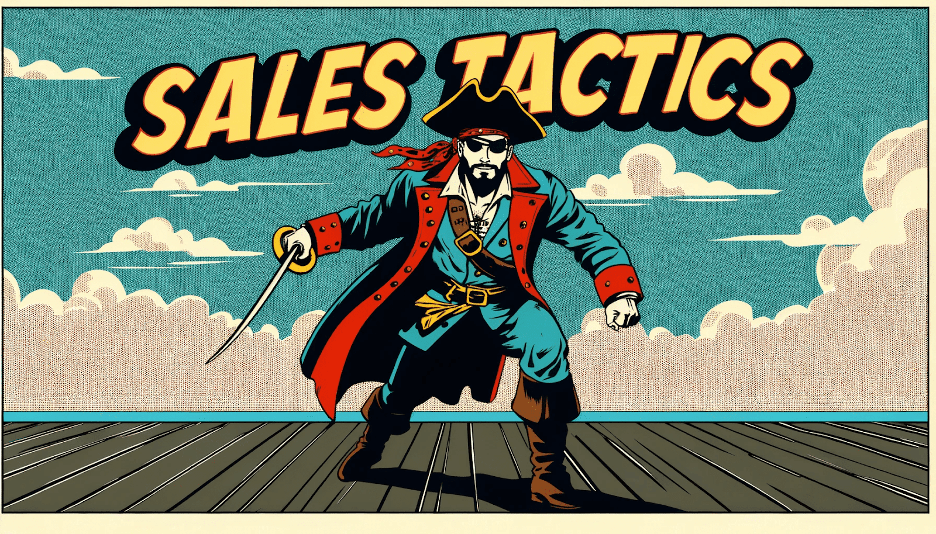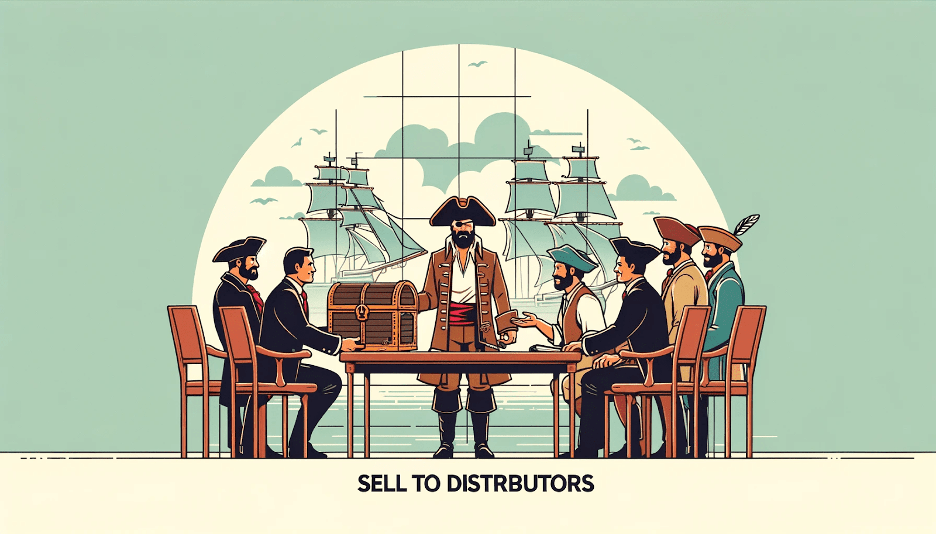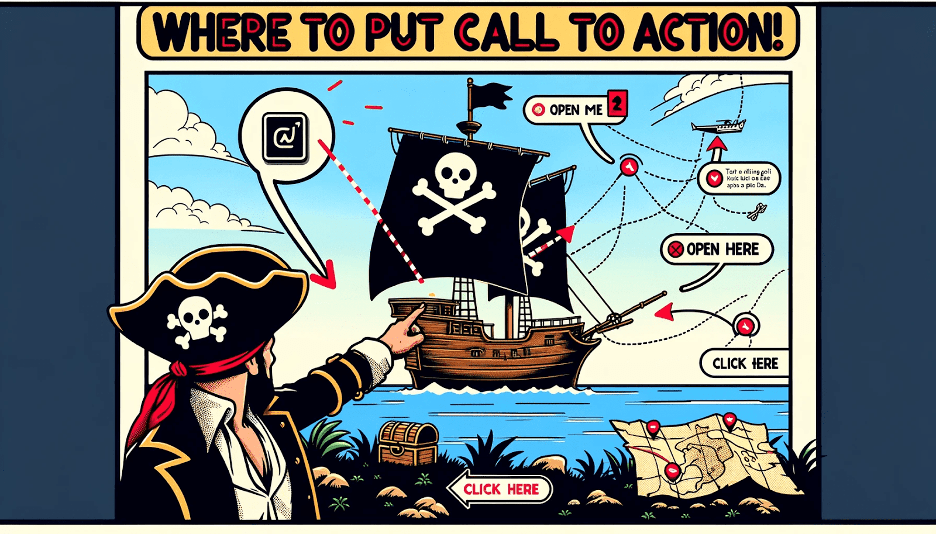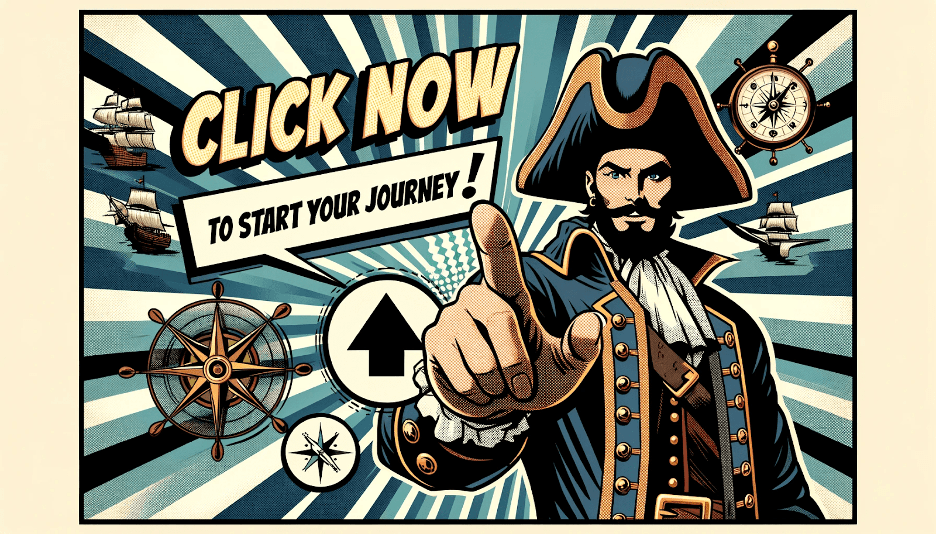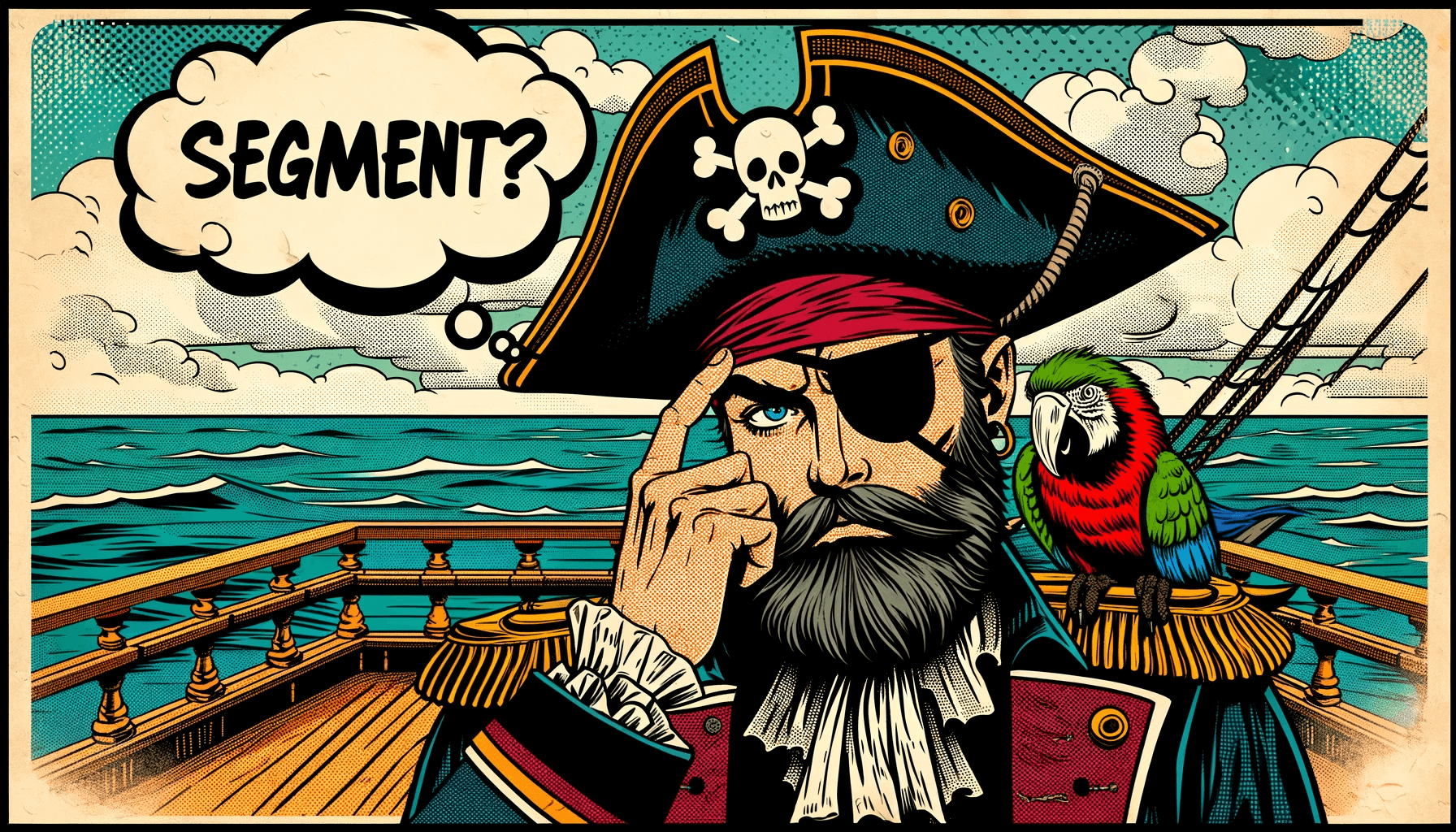
Segmentation, Targeting, and Positioning in the Marine Industry
In the vast ocean of potential customers, the marine industry faces a unique challenge: how to effectively reach and serve a diverse array of clients with precision and relevance. Segmentation, targeting, and positioning are three of the most valuable and profitable and important marketing terms that you could ever hope to learn.
Follow Merrill Charette and check out www.mida.pro for more content
Segmentation: Charting the Waters
Segmentation is the first step in the journey. It involves dividing the market into distinct groups of potential customers with common characteristics. No business, no company could ever possibly hope to reach or to serve every single person on the planet. This could mean categorizing clients by vessel type, navigational needs, or even the waters they frequent.
Demographic segmentation might involve focusing on private yacht owners versus commercial shipping companies, while geographic segmentation could differentiate between those navigating inland waterways and those braving the open seas. Behavioral segmentation might consider the frequency of voyages or the type of cargo transported, and psychographic segmentation could delve into the values and lifestyles of sailors and marine enthusiasts.
Targeting: Choosing Your Course
Once the market is segmented, targeting involves selecting the most attractive and suitable segment to serve. Targeting answers the question: who do you want to serve? This could mean specializing in high-end yachting equipment for the luxury segment or focusing on robust, reliable gear for commercial fishers.
Look at your current customers to identify common traits among your best clients. This might mean recognizing that your most loyal customers are those who prioritize sustainability and eco-friendly practices. By targeting this segment, a marine business can tailor its offerings and marketing efforts to meet these specific needs.
Positioning: Setting Your Coordinates
Positioning is about carving out a unique space in the market and in the minds of customers. It’s not just about the product or service itself but how you position the product or service in the minds of your customers. A marine navigation technology company, for example, might position itself as the most accurate and user-friendly system for treacherous waters, differentiating itself from competitors who may offer more basic solutions.
Positioning can also involve contrasting your offerings with those of competitors. A boat manufacturer might position itself as the choice for the adventurous at heart, as opposed to another brand that emphasizes luxury and comfort.
Differentiation: Sailing Apart from the Fleet
Differentiation is closely tied to positioning. It’s about the unique features and characteristics that set your offerings apart. Being different is important, really important, differentiation could come from innovative boat designs, exceptional customer service, or a commitment to environmental stewardship.
Differentiation can take many forms, from product features to customer service excellence. A marine business might offer personalized on-board training for their navigation systems, or perhaps they provide a community for seafarers to share stories and advice, thus differentiating through service and relationship.
The Voyage Ahead
In the marine industry, where the currents of customer needs and competitive forces are ever-changing, segmentation, targeting, and positioning are not just marketing buzzwords; they are essential navigational tools. Marketing helps people solve their problems by clearly defining and delivering solutions and really explaining the benefits of those solutions so they can get better.
Brought to you by
SHIPSHAPE.PRO – Innovative platform that bridges the gap in marine repair
&
MIDA.PRO – Marine Industry Digital Agency – Web dev / Marketing
Podcast – SHIPSHAPE INTERNATIONAL OCEAN INSIGHT
